Cefalù sits quietly on Sicily’s northern coast, and honestly, it grabbed my heart right away. There’s this perfect mix of medieval charm and seaside beauty. Once a humble fishing village, Cefalù has grown into a favorite resort town, where golden beaches bump up against ancient cobblestone streets.
But what really sets Cefalù apart? That massive rock formation looming over the town. It’s wild—climb to the top and you’ll get these panoramic views that make the effort totally worth it.
Wandering Cefalù feels like time travel. I kept getting lost (in the best way) in narrow, twisting alleys, stumbling onto hidden gems at every turn.
You can’t mistake the medieval vibe here. It’s got this magical atmosphere, especially with the bright Tyrrhenian Sea just steps away.
The cathedral stands out as the town’s crown jewel. It’s one of Sicily’s most important churches, and you just have to see it.

Most days, I fell into a rhythm: mornings exploring the historic center, lazy afternoons on the beach, and sunset dinners with fresh seafood while the rock glowed gold above me.
This place offers something rare—a blend of cultural richness and natural beauty you don’t find everywhere.
Cefalù: The Medieval Fishing Village By the Rock
Cefalù draws people in with its mix of history, natural beauty, and that easygoing seaside charm.
The town sits right between the La Rocca cliff and the clear Tyrrhenian Sea. It’s an ancient place, and you can feel Sicily’s deep past in its bones.
Origins Of Cefalù’s Unique Setting
Cefalù’s story starts with its dramatic spot on the northern coast. The giant rock, La Rocca, rises almost 300 meters over everything.
Early settlers picked this spot for protection. The rock acted as a natural fortress, keeping invaders at bay.
The name “Cefalù” comes from the Greek “kephalē,” meaning “head,” because the rock really does look like one.
Greeks founded the place, but later, Arabs took over, and then the Normans showed up in the 11th century.
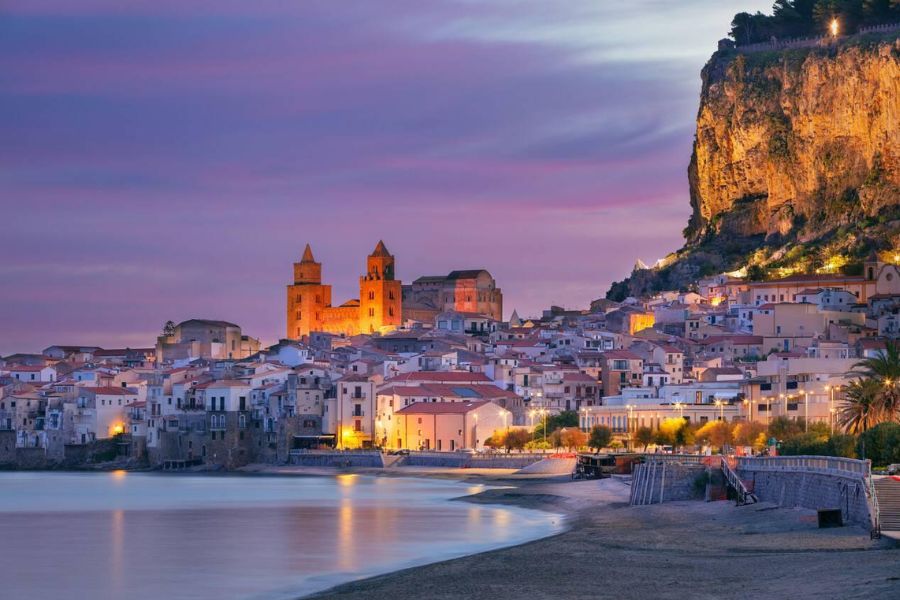
The medieval town grew up kind of squeezed between the rock and the sea. Old stone houses lean together along skinny streets that lead down to the little harbor.
Daily Life in A Traditional Fishing Village
When you walk through Cefalù’s old town, it’s like time slows down. Fishermen still take out their colorful boats at dawn, coming back with fresh catches for the local markets and restaurants.
The fishing port is always buzzing. People mend nets, fix boats, and swap stories—skills passed from one generation to the next.
Narrow streets twist through the center, with laundry flapping overhead and neighbors chatting from their balconies.
The marina shifts moods as the day goes on. It’s all business in the morning, but by evening, it turns into a romantic spot for a walk.
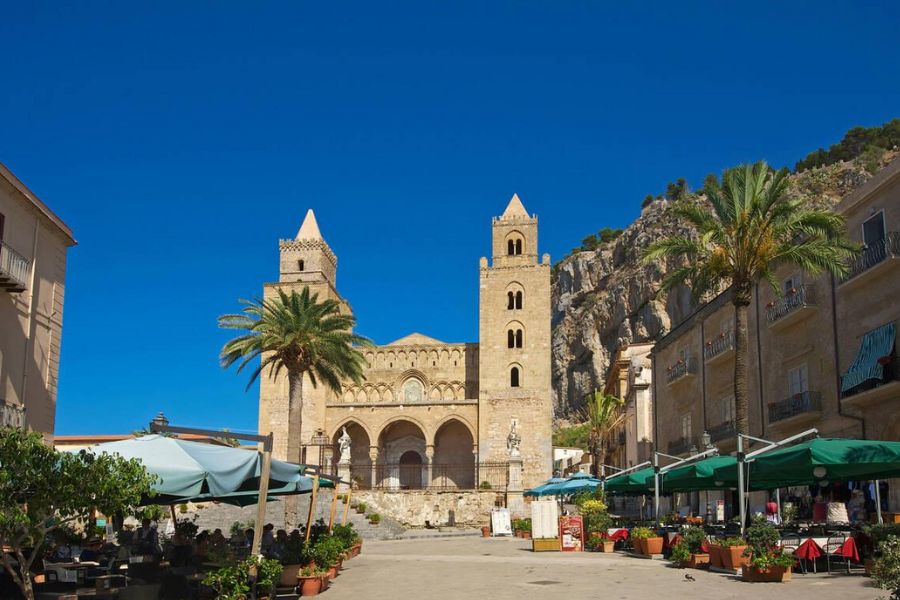
Life here moves to an old rhythm. Families have stayed in the same stone houses for centuries, hanging on to traditions even as tourists arrive.
Cultural Traditions and Local Heritage
Cefalù’s culture ties closely to both the sea and the land. Religious festivals fill the winding streets with processions, usually ending at the beautiful Norman cathedral.
Local food celebrates what the sea offers. Fresh fish gets grilled with olive oil and lemon or tossed into pasta like pasta con le sarde (pasta with sardines).
Artisans keep traditions alive, making ceramics with classic Sicilian patterns or working with wood and textiles.
I once caught the Festa di San Salvatore, when locals carry their patron saint’s statue through town and down to the sea. The sense of community hits you—everyone, young and old, comes out to celebrate what makes Cefalù special.
Standing In the Shadow of la Rocca
La Rocca looms over Cefalù, shooting 268 meters into the sky above the medieval village. This massive rock isn’t just a stunning backdrop—it shapes the whole experience of being here.
Hiking Trails and Breathtaking Views
I started my hike up La Rocca early to dodge the worst of the heat. The trail begins close to the center and snakes up the rocky hillside.
It’s a moderate climb, but the payoff is huge.
Halfway up, I stopped for air and got my first big view of Cefalù. The terracotta rooftops spilled out below, all the way to the blue Mediterranean.
The whole hike takes 45 minutes to an hour, depending on your pace—and how many times you stop for photos (a lot, if you’re like me).
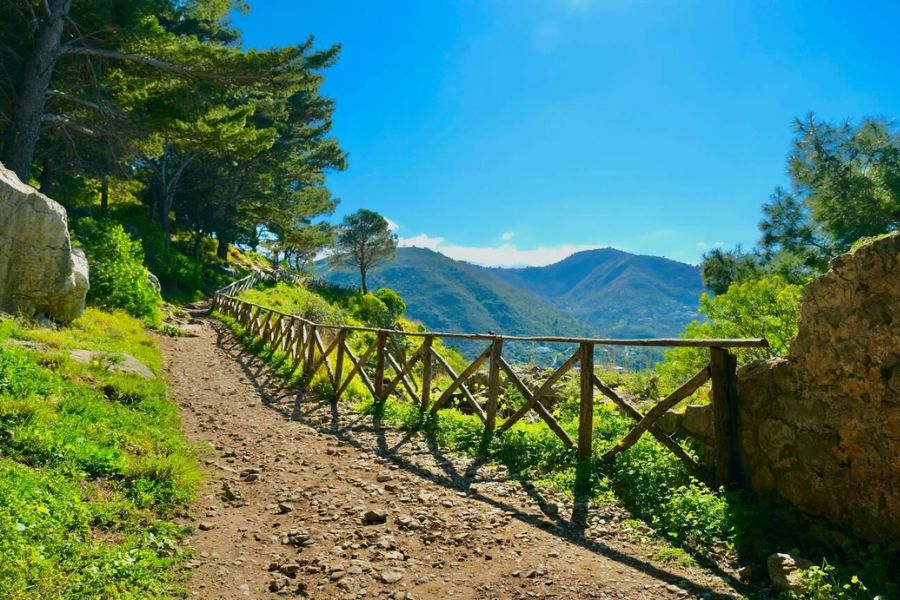
Bring sturdy shoes, at least a liter of water, sun protection, and a camera.
At the top, the views stretch across the coast and toward the Madonie Regional Nature Park.
The Legendary Fortress and Castle
At the summit, you’ll find the haunting ruins of a Norman-era castle. Roger II built it in the 12th century—the same king behind Cefalù’s famous cathedral.
Walking among the old stones, I tried to picture life as a medieval guard, always on the lookout for ships.
You can immediately see why they built here. The position is unbeatable for defense.
Most of the castle is just foundations now, but some walls and defensive structures still stand.
The old cistern is in great shape and shows off the clever water systems people used back then.
The ruins make perfect silhouettes against the sky. I spent almost an hour poking around every corner.
Temple of Diana and Ancient Mysteries
One of the most fascinating spots on La Rocca is the Temple of Diana, a megalithic structure from the 9th century BCE.
The temple’s built from massive stone blocks fitted together without mortar—kind of like other prehistoric sites around the Mediterranean.
Nearby, a big cistern carved into the rock hints at ancient water rituals.
Standing inside, I couldn’t help but feel connected to everyone who’s come here over thousands of years.
Local legends say they dedicated the temple to water goddesses and fertility.
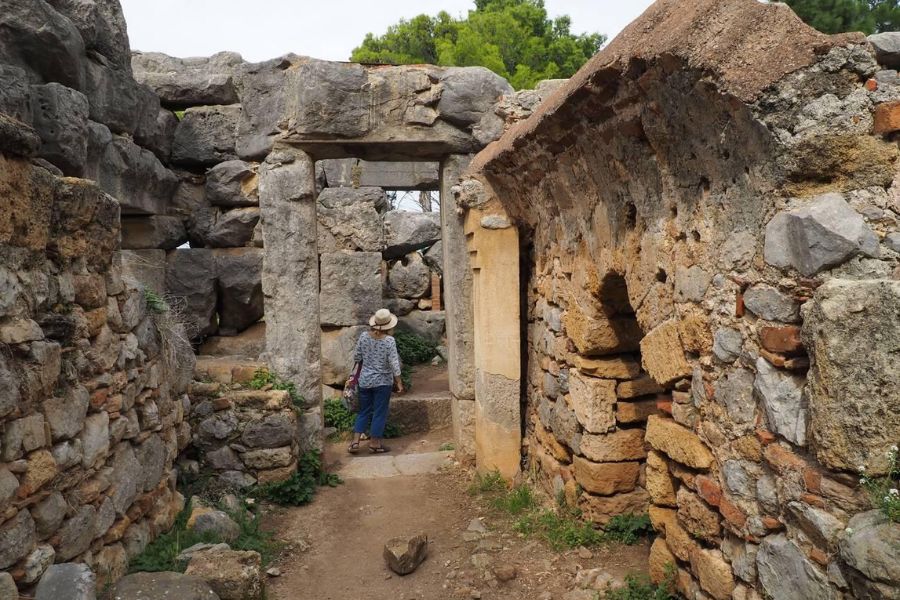
Informative panels explain the site’s history. I’d go in the late afternoon—the light among the stones feels almost otherworldly.
Architectural Marvels: From Norman Grandeur to Byzantine Splendor
Cefalù’s skyline tells a story of cultures colliding and blending. Norman conquerors and Byzantine artists left behind some of Sicily’s most breathtaking architecture.
As I wander through town, I’m amazed by how these influences fit together so seamlessly.
Cefalù Cathedral: Norman and Byzantine Wonder
You can’t miss the Cefalù Cathedral. It stands tall against La Rocca, built in 1131 by Norman King Roger II.
This place mixes military strength and artistic beauty in a way that’s pretty rare.
What makes it stand out? The fusion of Norman architecture with Arab and Byzantine touches.
Twin towers flank the entrance—almost fortress-like—while the arches have that classic Norman curve.
Inside, the space feels open and airy. The granite columns supposedly came from old Roman buildings—recycling, medieval style.
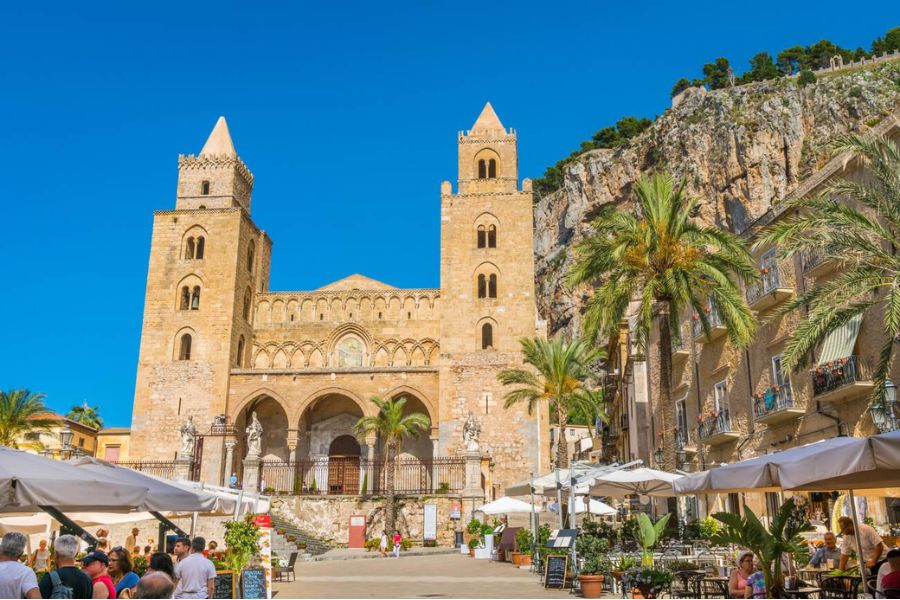
The outside stone glows golden at sunset. Take a walk around the building to catch all the intricate details, especially on the apse.
Byzantine Mosaics and the Christ Pantocrator
But the real showstopper is the Byzantine mosaic of Christ Pantocrator in the central apse.
Byzantine artists created it in the 12th century, showing Christ with his right hand lifted in blessing.
They used over 2,000 kilograms of pure gold in the background, so the whole thing shimmers as light shifts through the cathedral.
The eyes seem to follow you—kind of uncanny, honestly.
The expression is a mix of compassion and authority. Surrounding Christ, you’ll find archangels, apostles, and the Virgin Mary, all crafted with amazing detail.
These mosaics are some of the best-preserved in the Mediterranean. The colors pop even after 900 years.
Arab-Norman Palermo and UNESCO Status
Cefalù Cathedral is part of the “Arab-Norman Palermo and the Cathedral Churches of Cefalù and Monreale” UNESCO World Heritage Site.
This label celebrates a unique architectural style born when Norman rulers brought in Arab and Byzantine craftsmen.
I’ve checked out the other sites in this group, like Palermo Cathedral and Monreale Cathedral.
They all share that blend—Norman strength, Arab decoration, and Byzantine mosaics.
Monreale, just outside Palermo, has even more mosaics than Cefalù. The cloisters there have over 200 columns, each with its own carved capital.
You won’t find this style anywhere else. It’s a snapshot of a time when different cultures worked together and produced something beautiful.
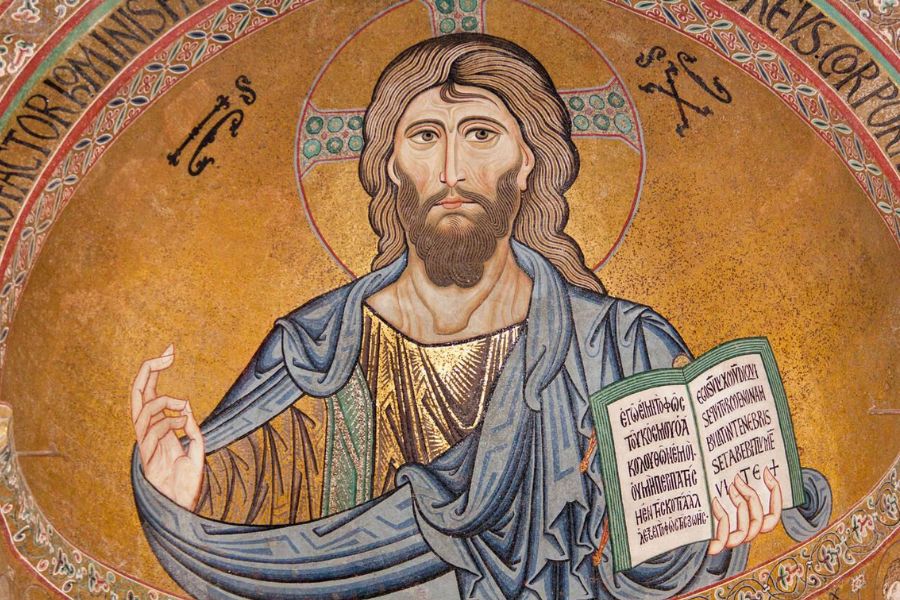
Walking through these buildings, I feel like I’m seeing Sicily’s complex identity made real.
The Vibrant Heart: Life in Cefalù’s Centro Storico
A stroll through Cefalù’s centro storico is like wandering a living museum. Medieval buildings and daily Sicilian life blend together in the bustling historic center.
Markets fill the mornings, and by evening, everyone’s out for a passeggiata.
Piazza Duomo: Gathering Place and Cafés
Piazza Duomo is the town’s living room. Locals and visitors gather here all day.
I love grabbing a cappuccino at one of the cafés and just watching the town wake up.
The Cathedral towers over the square, its Norman-Arab design making a dramatic backdrop.
At night, restaurants spill into the piazza, and golden lights make the old stones glow.
Bars around the square serve aperitivo with great views. My favorite spot is in the northern corner—perfect for a Sicilian Spritz while kids play and old friends chat on benches.
Wandering the Narrow Charming Streets
The centro storico’s maze of narrow streets always has something new to reveal.
Medieval walls still wrap around part of the old town, and Porta Pescara is a lovely gateway to the sea.
I get lost here often, but it’s part of the fun. Laundry hangs overhead, and neighbors call to each other from balconies.
The stone streets have been worn smooth by centuries of footsteps.
Check out the Lavatoio Medievale, an old washhouse fed by a natural spring. Women used to gather here to do laundry—it’s tucked away, but you’ll hear the water if you follow your ears.

Architecture here tells stories: Norman doorways, Arab-style windows, and Baroque balconies all mixed together.
Markets, Shops, and Ceramics Culture
The little market near the center sells fresh Sicilian produce, cheeses, and seafood caught that morning.
Go early (before 10am) for the best picks and to chat with the vendors.
Shopping here is all about local crafts, especially ceramics. Bright, hand-painted plates and bowls reflect Sicily’s Moorish roots with bold colors and intricate designs.
Some workshops let you watch artisans at work. I picked up a small dish painted with La Rocca—it’s a cheerful reminder of my trip.
Shops also sell textiles, olive wood pieces, and gourmet Sicilian treats like pistachio cream and preserved anchovies. Great gifts, if you ask me.
Cefalù’s Legendary Beaches and Waterfront
Cefalù’s coastline is famous for its golden beaches and clear Mediterranean waters.
The medieval town’s waterfront makes a stunning backdrop for beach days and seaside adventures.
Sandy Beach Escapes Along the Lungomare
When you stroll along Cefalù’s lungomare (that’s the seafront promenade), you’ll see the main beach unfurling in front of you like a golden carpet. Locals say it’s one of Sicily’s best, and I have to agree—the sand feels soft, and the shallow water makes it easy for families or anyone just looking to float.
I spent hours here, honestly. Local kids built sandcastles nearby, and older Sicilians played card games under umbrellas that looked almost too bright for the beach. If you can, avoid July and August—the crowds get wild. May or September feel much more relaxed.
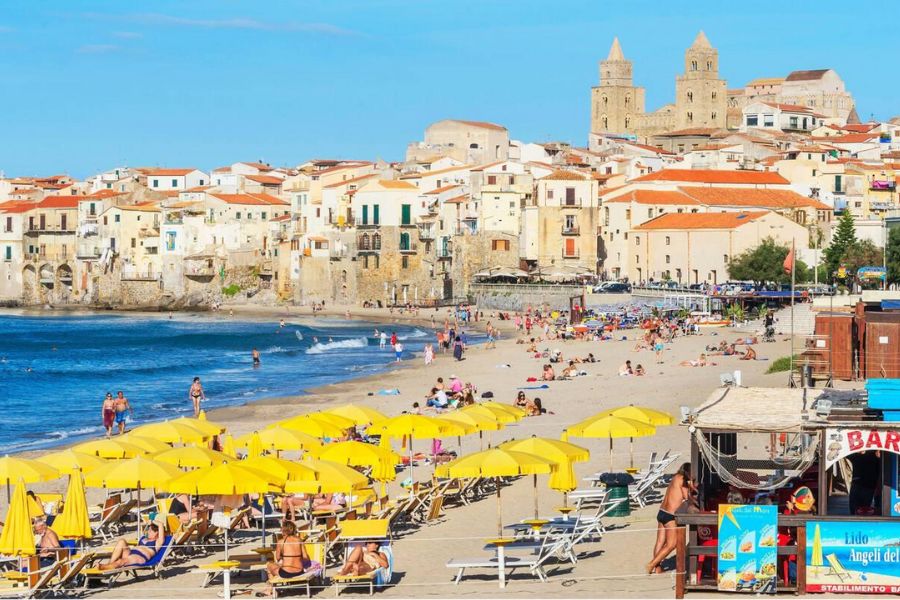
What really sets this beach apart? It’s that mix of natural beauty and old-world history. While you swim, you can glance back and see medieval buildings and the massive La Rocca cliff looming over town. It’s not your average beach day, that’s for sure.
Swimming, Sunsets, and Waterfront Views
The water here surprised me with its clarity. On calm days, I could see the sandy bottom even when I swam pretty far out. The gradual slope into the sea is great if you don’t feel like a strong swimmer.
For sunsets, I’d head to the western tip of the beach. Watching the sun slip behind the mountains and cast golden light on the old buildings—yeah, it’s as magical as it sounds.
Waterfront restaurants line the lungomare. I always found myself drawn to the smaller, family-run spots. They serve up seafood so fresh it probably swam that morning. Grilled swordfish with lemon and capers is the local favorite, and I’d recommend it. It’s even better when you can watch fishing boats drift back into the marina while you eat.
Exploring the Aeolian Islands and Coastal Adventures
You’ll find daily boat tours to the Aeolian Islands leaving from Cefalù’s marina. I joined a group trip to Stromboli, and seeing the volcano’s gentle eruptions at night? That’s something I’ll never forget.
If you’re up for more adventure, try renting a kayak from one of the beach vendors. I paddled along the coast, ducking into hidden coves like Cala Luna. These spots aren’t easy to reach by land. Seeing Cefalù’s ancient walls and La Rocca from the water gave me a whole new perspective—imagine what sailors must’ve thought centuries ago.
Snorkeling? Definitely worth it. The coastline east of town hides some great spots. I brought my own mask, but you can rent gear from beachside shops too. Just a short swim from shore, I found colorful fish darting around rocks and underwater ledges.
Essential Experiences: Food, Film, and Where to Stay
Cefalù mixes amazing food, a bit of movie magic, and cozy places to stay. Somehow, it all just works together and makes the trip feel special.
Savoring Local Flavors: Gelato, Seafood, and More
If you love food, you’ll be happy here. Seafood shows up on nearly every menu, especially along the waterfront. Most places serve fish caught the same morning. Try pasta con le sarde (that’s pasta with sardines) if you want something that really feels Sicilian.
I couldn’t resist the gelato shops in the historic center. Pistachio and almond flavors stood out—Sicily’s famous for its nuts, after all. I went back more than once, I’ll admit it.
Street food is everywhere, especially during festivals like Ferragosto. Vendors fill the streets with arancini (those amazing fried rice balls) and panelle (chickpea fritters).
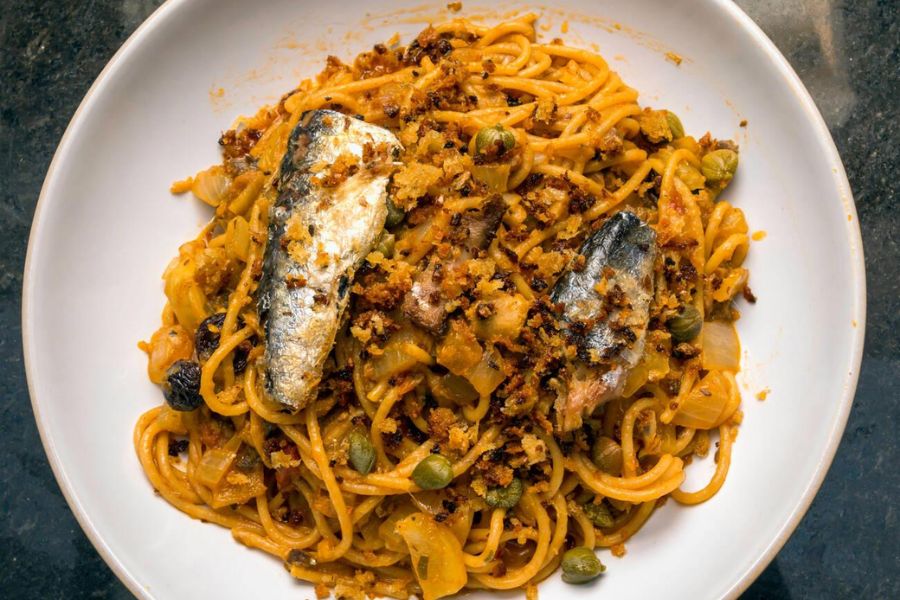
Bars around town pour excellent Sicilian wines from local vineyards. Many have terraces overlooking the sea. Sunset with a glass of wine? Hard to beat.
Cinema Paradiso and Cefalù in Film
People know Cefalù partly because of Giuseppe Tornatore’s “Cinema Paradiso,” even though the movie wasn’t actually filmed here. Still, the film’s vibe draws plenty of visitors who want to see real Sicilian coastal life.
Filmmakers have noticed Cefalù’s charm, too. The medieval streets, dramatic coastline, and giant La Rocca cliff make for a naturally cinematic backdrop.
I spent an afternoon hunting down spots from Italian films shot around town. The cathedral square really grabbed my attention—it’s a favorite for directors looking for that authentic Sicilian feel.
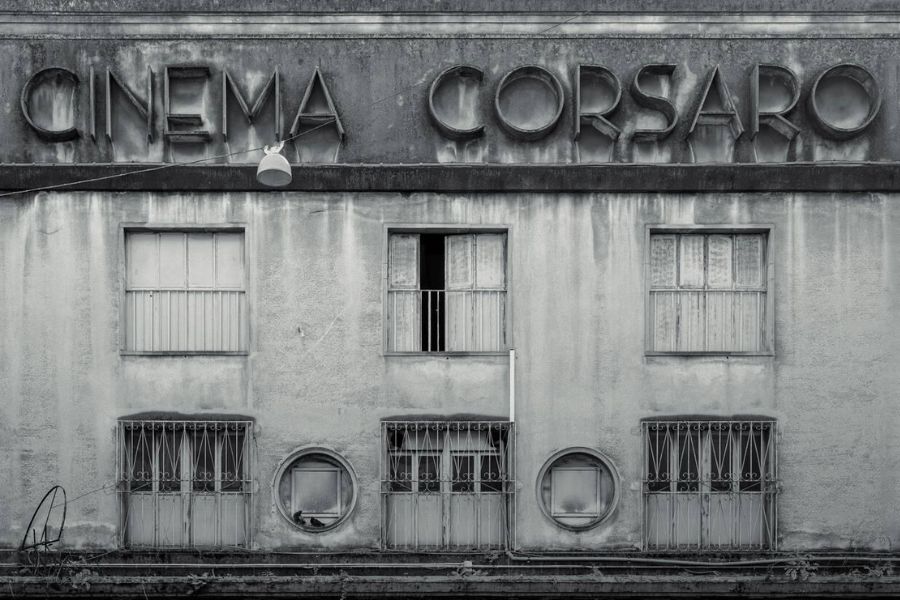
Some local guides offer “Cinema in Sicily” walking tours. These connect Cefalù to the island’s film history, even tying in famous movies shot in Palermo nearby.
Best Accommodations and Seaside Hotels
Hotel Le Calette really stands out as one of Cefalù’s top places to stay. You’ll find it near the old fishing village, and the MICHELIN Guide even calls its 54 rooms “cutting-edge and lively.”
If you’re after something different, I have to say, the boutique hotels with that classic Mediterranean style about 2km from the UNESCO-listed center are worth a look. They blend right into the landscape and usually come with some lovely gardens—honestly, it’s hard not to be charmed by them.
Beachfront all-inclusives make it super easy to reach Cefalù’s sandy beaches. A lot of these hotels give you a front-row seat to the massive rock formation that kind of defines the whole town.
If you’re watching your budget, there are some surprisingly cozy B&Bs tucked into the medieval center. I once stayed in a converted old building with a rooftop terrace, and the view over the terracotta rooftops and the sparkling Tyrrhenian Sea was unforgettable.
Families might lean toward the resorts stretched out along the coast. These spots usually have pools and activities for kids, plus you can still get into town without any hassle.

